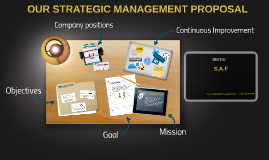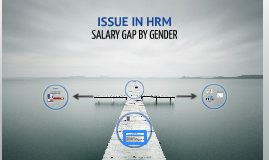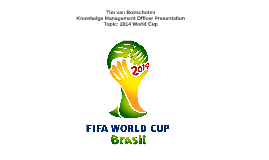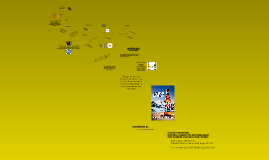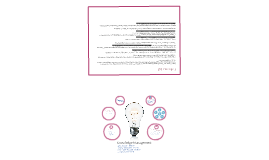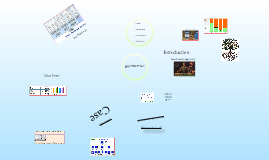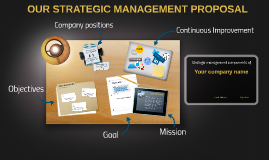Knowledge Management
Transcript: Human resource Organisatioal culture Identify core knowledge that led to business success Evaluate and Audit KM development Instrumental Acquire and stimulate knowledge creation (Chan and Chau 2005) Output Our Solution: Strategy and Leadership Consistent and systematic reviews and follow up of KM (Chen and Chau 2005). Focus on long term capability development. Facilitate gathering focused on KM and not merely socialising (Soliman and Spooner 2000). Provide a wide set of flexible work arrangements in order to retain key knowledge workers (O'Neal 2005). Remove misconceptions and negative views towards KM and support KM from all levels of the organisation through effective and encouraging communication (Chan and Chau 2005). Build an environment based on trust (Tuason 2010). Encourage knowledge sharing (Nonaka and Takeuchi 1995), creativity and innovation (Gurten 1998) through monetary and non-monetary rewards (Chen and Chau 2005). Knowledge sharing through socialisation and informal gatherings Information technology Define what relevant sources are i.e. not all knowledge is good knowledge (Kalling 2003). In implementing IT KM systems, provide sufficient relevant training (Ansari, Youshanlouei and Mood 2012). Such an IT system should have a clear purpose and be user friendly i.e. the staff it is intended for should be able to learn how to use it (Ansari, Youshanlouei and Mood 2012). "Organisations where the focus is on the acquisition, sharing and utilisation of knowledge" (Stone 2005, 332). Confusion and negative perceptions due to unframed socialisation Ineffective HR policy to retain KW led to increased loss of knowledge Nonaka, I. & Takeuchi, H. 1995. “The knowledge-creating company”. New York: Oxford University Press Organisational Strategy and leadership Determine knowledge gap HS (actual name is confidential) is a Hong Kong based enterprise. Founded 1983. Produces and exports handbags and leather premium products to US and Europe. 10 administrative staff in Hong Kong and a munufacturing plant with 450 employees. Knowledge was not shared Learning initiatives were low due to organisational silo effect When skilled workers left HS knowledge was lost to competitors Knowledge was not appropriately defined, captured and retained Knowledge creation and development was not encouraged, motivated and nurtured systematically Knowledge Management Initiatives in 2001 KM was reviewed infrequently and not followed up properly Overly focused on short-term rather than long term Kalling, Thomas. 2003. "Organization-Internal Transfer of Knowledge and the Role of Motivation: A Qualitative Case Study." Knowledge and Process Management 10 (2): 115-126. http://search.proquest.com/docview/215189067?accountid=10382. Chan, Ivy and Patrick Y.K. Chau. 2005. "Why Knowledge Management Fails: Lessons from a Case Study." in Case Studies in Knowledge Management. Edited by Murray Jennex. Hershey: Idea Group Publishing. Gurteen, David. 1998. "Knowledge, Creativity and Innovation." Journal of Knowledge Management 2 (1): 5-13. http://search.proquest.com/docview/230327374?accountid=10382. Organisatioal structure Stone, Raymond. 2005. “Human Resource Management.” 5th ed. Edited by Caroline Hunter. Milton: Wiley. (Ansari, Youshanlouei and Mood 2012) O'Neal, Sandra. 2005. "Total Rewards and the Future of Work." Workspan. 48 (1): 18-26. http://search.proquest.com/docview/194726433?accountid=10382. Unlimited definition of sources of knowledge Monetary rewards led to self-defeating mechanisms and unfriendly team culture IT was seen as cutting-edge solution which led to unnecessary investment in technology Tuason, Innocenza Jay. 2010. "The Relationship between Trust and Organizational Culture Change."University of Calgary (Canada). http://search.proquest.com/docview/848965892?accountid=10382. Conducted periodic review and measured organisational performance Knowledge Management Icebreaker Definitions Case Study Outline Class Activity Our Solutions Case Study Strategic Icebreaker Top management should set clear, relevant and reachable KM goals (Chan and Chau 2005). Top management should give consistent support and invest time and effort into the promotion of development and sharing of knowledge (O'Regan, Ghobadian and Sims 2005). Rewards should promote knowledge sharing, creativity and innovation, and should be monetary and non-monetary (Chen and Chau 2005). Unrealistic aims Volatile support (Chan and Chau 2005) Reference List KM Results from 2001 to 2003 Our Solution: Information Technology Results in 2003 Establish knowledge friendly culture (Chan and Chau 2005) Facilitation Outline Learning Organisation KM Focus Ryan Edmunds – 16091207 Zachary Addenbrooke – 15484592 Carlos Andrés Muirhead – 16210879 Eirik Bjornstad – 14480311 Implement job rotation. Establish efficient and effective communication channels special emphasis on horizontal communication to avoid silo effect. Involve staff in manufacturing in planning and strategy (Chen and Chau






